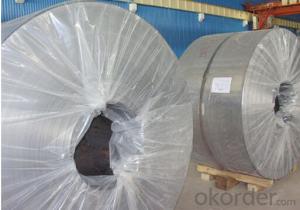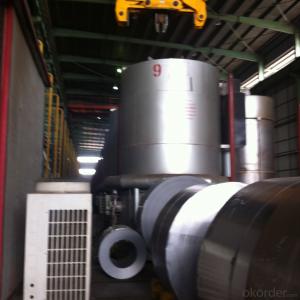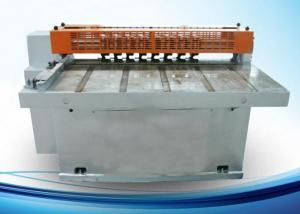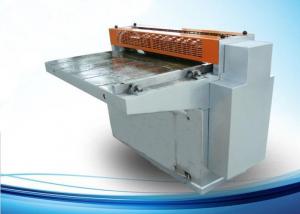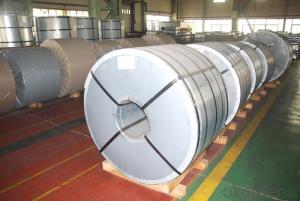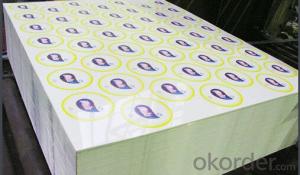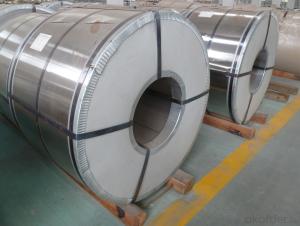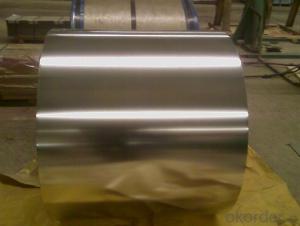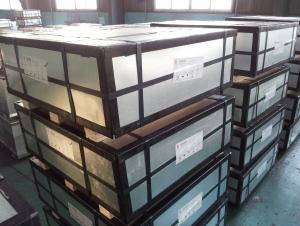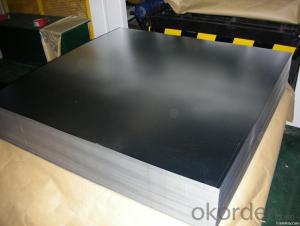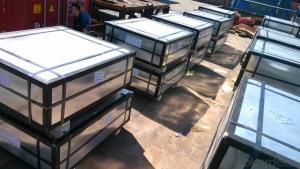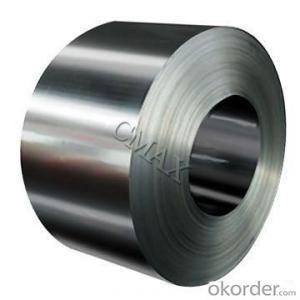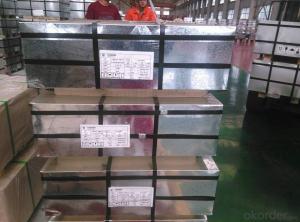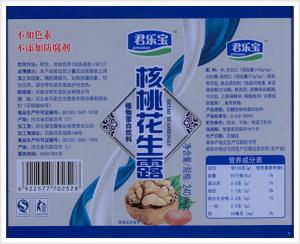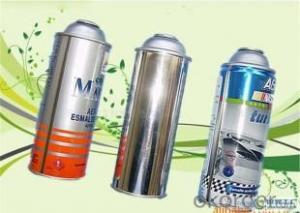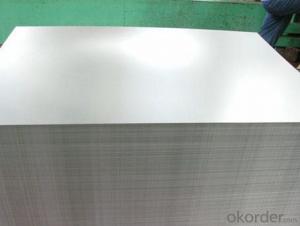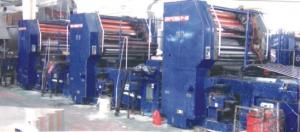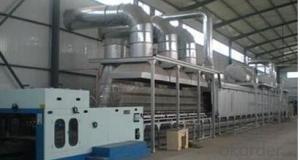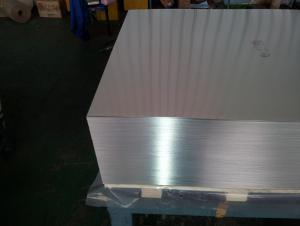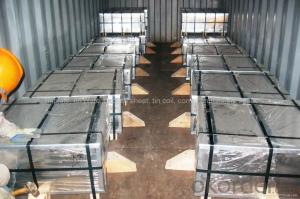Standard Gauge Tinplate
Standard Gauge Tinplate Related Searches
Mth Standard Gauge Tinplate O Gauge Tinplate Spte Tinplate Mth O Gauge Tinplate Printed Tinplate Printing Tinplate Tinplate Tins O Gauge Tinplate Forum Tinplate Material O Scale Tinplate Tinplate Printing Lacquered Tinplate Tinplate Coating Lionel O Gauge Tinplate Mth Tinplate O Gauge Tinplate Packaging Tinplate Printing Machine Hornby Tinplate O Gauge Spain Tinplate Nse Tinplate Tinplate Products South Africa Tinplate Double Reduced Tinplate O Gauge Tinplate Trains Tinplate China Tinplate Hs Code Italy Tinplate Tinplate Temper Chart Buy Tinplate Thyssenkrupp TinplateStandard Gauge Tinplate Supplier & Manufacturer from China
Standard Gauge Tinplate is a type of steel sheet coated with a thin layer of tin, offering excellent corrosion resistance and durability. It is widely used in various industries such as food packaging, automotive, and construction due to its versatility and strength. This product is particularly favored for applications where a combination of strength and corrosion resistance is required. Okorder.com is a leading wholesale supplier of Standard Gauge Tinplate, boasting a vast inventory to cater to the diverse needs of customers across different sectors. With a commitment to quality and customer satisfaction, Okorder.com ensures that the Standard Gauge Tinplate they provide meets the highest industry standards.Hot Products


